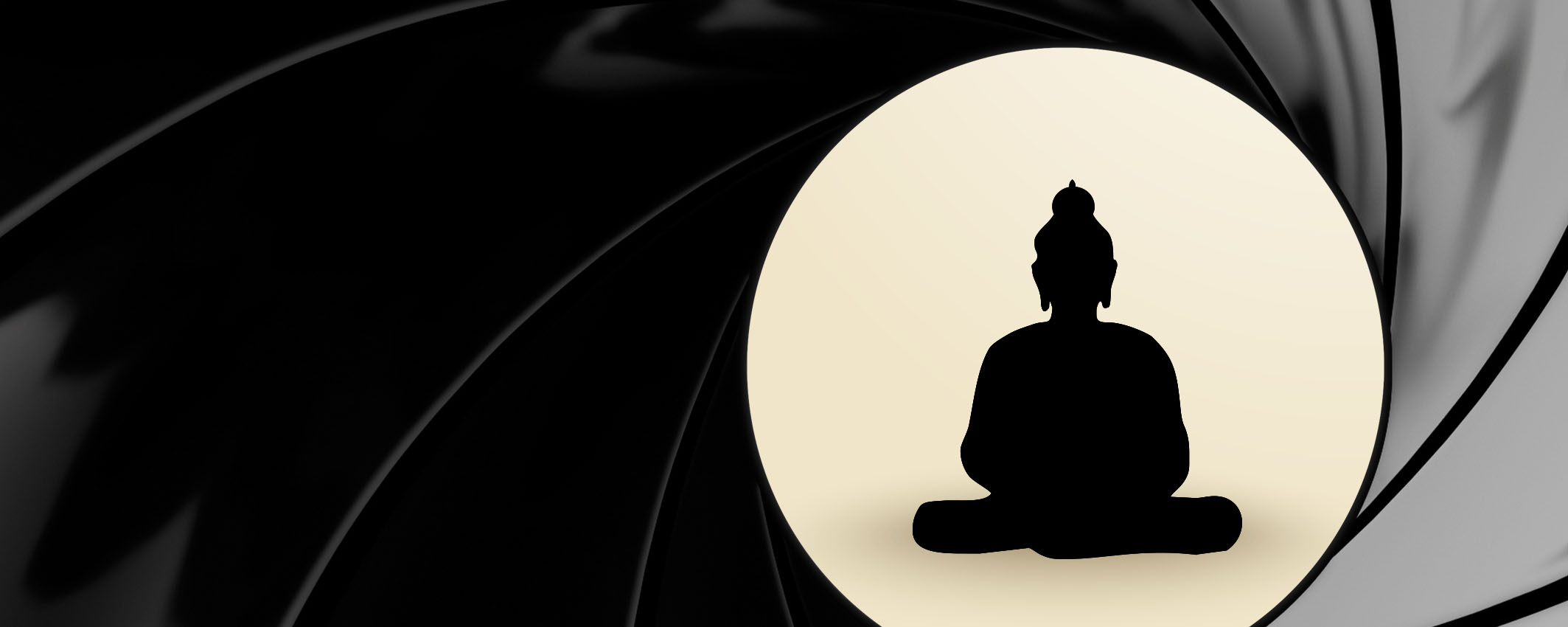 |
CCHU9062 Arts and Humanities
|
Course Description
Film is a universal medium that mirrors, documents and recreates moral, aesthetic, and spiritual sensibilities and experiences. It cuts across space, time, culture and language and marks their boundaries. It is an ideal platform for exploring how Buddhism envisions ethical ways of living and how it responds to wider questions such as: What is the relation between mind and body? Truth and illusion? Death and beyond? During this course we will explore how films produced in the East and West possess the power to bring to life existential themes, philosophical questions, and contemporary beliefs. Through an analysis of vision, sound, narrative, silence, and symbolism, we will gain a greater appreciation of Buddhist visions in World Cinema.

Course Learning Outcomes
On completing the course, students will be able to:
-
- Describe and explain how basic doctrines of Buddhism (e.g. no-self, compassion, interdependent origination, etc.) have been represented and interpreted in assigned film case studies from Asia and the West.
- Critically view and methodically appraise films and documentaries about Buddhism and religion in general.
- Analyze how Buddhism (as institution, text, ritual, community, etc.) is represented and misrepresented in the cinematic medium.
- Recognize the relation between ‘audience’ and ‘film’, ‘mind’ and ‘vision’ in the construction of visible religious identities.
- Apply acquired skills of film criticism and interpretation to examine how films raise and handle questions of ethics and existential meaning.
Offer Semester and Day of Teaching
Course will be offered twice
Section 1 – First semester (Wed); Section 2 – Second semester (Wed)
Study Load
| Activities | Number of hours |
| Lectures | 24 |
| Tutorials | 10 |
| Film viewing | 18 |
| Reading / Self-study | 40 |
| Assessment: Essay writing | 25 |
| Assessment: Group project | 15 |
| Assessment: Quiz (incl preparation) | 8 |
| Total: | 140 |
Assessment: 100% coursework
| Assessment Tasks | Weighting |
| Participation in lectures and tutorials | 25 |
| Critical essay | 35 |
| Group project | 15 |
| Quiz | 25 |
Required Reading
This list is not exhaustive but representative of readings assigned during each lecture:
- Cho, F. (2009). Buddhism. In J. Lyden (Ed.), The Routledge companion to religion and film (pp. 162-177). NY: Routledge.
- Gethin, R. (1998). The foundations of Buddhism. Oxford: Oxford University Press. [pp. 6-26]
- Harvey, P. (2013). An introduction to Buddhism: Teachings, history and practices. Cambridge: Cambridge University Press. [pp. 39-49]
- Larson-Harris, M. (2016). Amongst White Clouds. Journal of Religion and Film, 12(2), Article 7.
- Loy, D. R. (2008). Money, sex, ear, karma: Notes for a Buddhist revolution. MA: Wisdom Publications. [pp. 15-30, 113-126, 139-152]
- Powers, J. (2007). Introduction to Tibetan Buddhism. Ithaca: Snow Lion Publications. [pp. 31-56]
- Rahula, W. (1959). What the Buddha taught. New York: Grove Press. [pp. vii-50, 67-75]
- Suh, S. (2015). Silver screen Buddha: Buddhism in Asian and western film. NY: Bloomsbury Publishing. [pp. 8-10, 183-191]
- Verchery, L. (2018). Blindness, blinking and boredom: Seeing and being in Buddhism and film. Religions, 9, 228.
- Whalen-Bridge, J. (2014). What is a ‘Buddhist Film?’ Contemporary Buddhism: An Interdisciplinary Journal, 15(1), 44-80.
Course Co-ordinator and Teacher(s)
| Course Co-ordinator | Contact |
| First Semester | |
| Dr J. Nanda Centre of Buddhist Studies, Faculty of Arts |
Tel: 3917 5064 Email: jnan@hku.hk |
| Second Semester | |
| Professor G. Halkias Centre of Buddhist Studies, Faculty of Arts |
Tel: 3917 2846 Email: halkias@hku.hk |
| Teacher(s) | Contact |
| First Semester | |
| Dr J. Nanda Centre of Buddhist Studies, Faculty of Arts |
Tel: 3917 5064 Email: jnan@hku.hk |
| Second Semester | |
| Professor G. Halkias Centre of Buddhist Studies, Faculty of Arts |
Tel: 3917 2846 Email: halkias@hku.hk |

